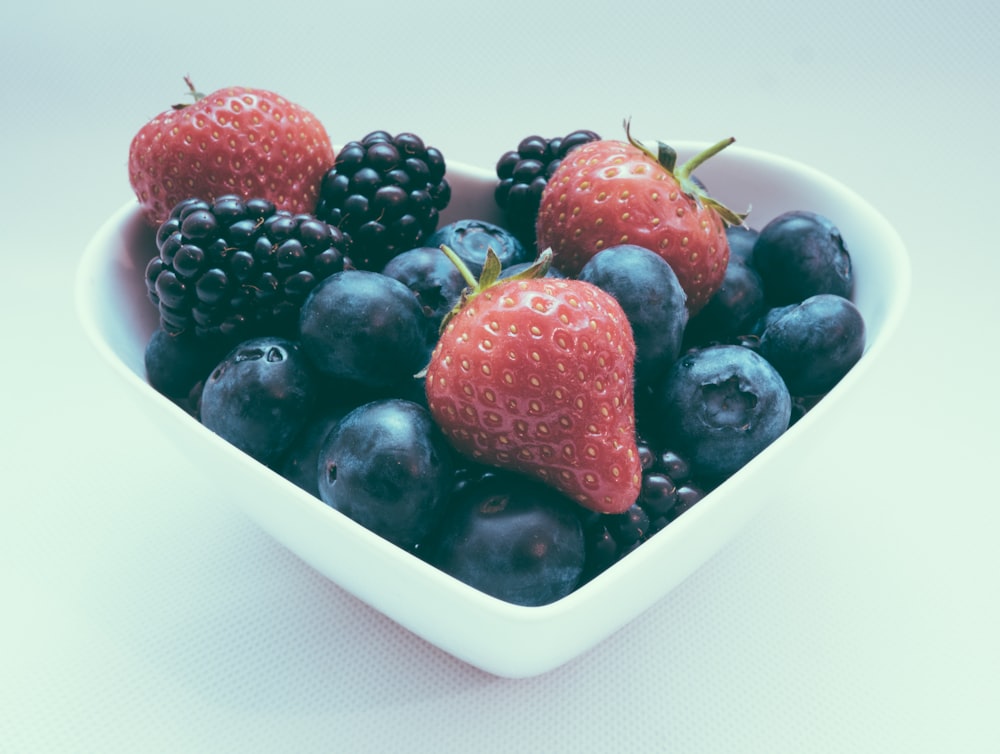Autumn means cooler, colder weather and of course, nutritious food for good heart health. Regardless of age, the production of products that have attained their peak is the right fuel to help children do their best, regardless of age.
A balanced, nutritious diet is an important part of maintaining a healthy heart. There are a number of diets that have been proven to be effective in preventing and treating heart disease. Suitable diets with the right amounts of fruit, vegetables, nuts, seeds, and beans can help reduce the risk of heart disease.
Plants are naturally low in fat and sodium and are also rich in vitamins and minerals that are missing from the standard diet. Instead, it is richer in processed foods and sugary drinks and is deficient in vitamins, minerals, and plenty of sodium.
Let’s break down the top three diets and see what the best options might be for you. Focus on incorporating heart-healthy nutrients into your diet to reduce your risk of heart disease.
Add more fruits and vegetables
Consume a variety of fruits and vegetables and limit saturated fat to lower cholesterol and blood pressure. Among the most protective nutrients that can improve heart health are omega-3 fatty acids, monounsaturated fatty acids, calcium, magnesium, potassium, iron, zinc, copper, phosphorus, manganese, and calcium. Omega 3s are essential fats that your body cannot produce, so they must be sourced from food sources.
It is a well-known fact that some people do not eat enough fruits and vegetables every day, and even if you do, they do not get all the nutrients they might expect. Try to think positively about the types of food you should be eating and focus on what you should not have been eating. Eat real foods that you enjoy in different food groups, including proteins and fats alongside plants. You should already be able to eat a nutrient – a dense, balanced diet, but you can do better by eating a variety of “real” foods such as fruits, vegetables, nuts, seeds, legumes and nuts, and seeds.
Nutrient-rich foods are foods that contain many nutrients with relatively few calories. To eat well, it is best to choose a mixture of nutrient-dense foods every day. Look for foods that contain high amounts of protein, fats, carbohydrates, vitamins, minerals, and fibre.
Vegetables, fruits, and cereals provide important vitamins and minerals to keep your body healthy. The evidence consistently shows a link between high protein levels and healthy heart health, as well as lower blood pressure and cholesterol.
In this context, it is too early to assume that the reduction of carbohydrates in short-term studies will necessarily lead to long-term health.
Shift to healthier substitutes
Instead of cutting out carbohydrates, you should cut out carbohydrates – rich foods that offer no health benefits. Other cardiovascular healthy diets include high – protein, low – carbohydrate.
Oats – Oats are a type of whole grain that provides fibre, beta-glucan, in your diet. Try to focus on eating fruits, vegetables, whole grains, nuts, seeds, legumes and nuts, and seeds. They are also rich in fibre and vitamins and a great source of omega-3 fatty acids such as potassium and magnesium.
Fibre is known to promote digestion and can also prevent heart attacks and strokes. Remember that eating healthy can greatly improve your health, but it’s not just about that.
Balanced Diet is important
Dietary advice to achieve cardiovascular health should continue to focus on a balanced diet with plenty of fruit, vegetables, whole grains, nuts, and legumes. This diet is naturally low in cholesterol because it highlights healthy fats and proteins as well as healthy carbohydrates and fibre. You should include at least 10% of your total calories from fruits and vegetables in a balanced diet while maintaining reasonable body weight.
A diet rich in fibre has health benefits for cholesterol control, controls blood sugar, promotes regularity, prevents gastrointestinal diseases, and helps with weight control. It helps promote heart health, promotes weight loss, prevent gastrointestinal diseases, control blood sugar, and has health benefits in controlling cholesterol.
Good sources of soluble fibre are dried beans and peas: “Peas are rich in fibre, provide a sweet taste boost and give any dish a bright colour,” says Glassman. Beans are a good source of fibre and plant protein, both of which are linked to heart health.
According to the USDA, a cup of peas contains a wealth of nutrients, including calcium, iron, magnesium, potassium, phosphorus, zinc, copper, manganese, and potassium.
For some delicious recipes, click here!
Switching to whole grain rice is a simple change that can improve your diet. Learn more about filling your plate with healthy, nutritious foods by logging your meals in the MyPlate app.
For more such articles, click here!





Recent Comments